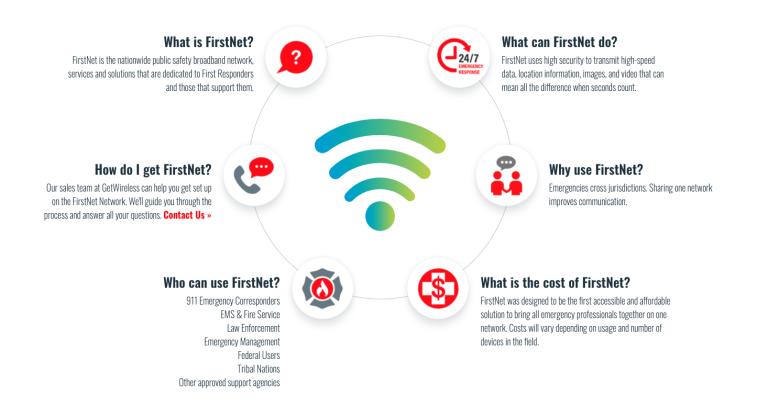LTE NR Bands: Frequency Bands and Their Importance in 5G
telcomatraining.com – As the world rapidly transitions to 5G technology, understanding LTE NR (New Radio) bands becomes essential. Frequency bands play a crucial role in ensuring efficient connectivity, higher data speeds, and seamless communication. This article explores LTE NR bands, their classifications, and their importance in 5G networks.
What Are LTE NR Bands?
LTE NR bands are frequency ranges allocated for 5G New Radio (NR) technology, enabling better performance compared to previous generations. These bands are divided into two main categories:
- FR1 (Frequency Range 1): Ranges from 410 MHz to 7125 MHz, covering sub-6 GHz frequencies, which offer a balance between coverage and speed.
- FR2 (Frequency Range 2): Ranges from 24.25 GHz to 71 GHz, covering mmWave frequencies that provide ultra-high speeds with lower coverage.
Classification of LTE NR Bands
LTE NR bands are classified based on their frequency spectrum and usage. Here are the key classifications:
1. Low-Band (Sub-1 GHz)
- Includes frequencies below 1 GHz, such as 600 MHz (n71) and 700 MHz (n28).
- Provides extensive coverage and strong indoor penetration.
- Best suited for rural areas and wide coverage applications.
2. Mid-Band (1 GHz – 6 GHz)
- Includes bands such as 3.5 GHz (n78) and 2.5 GHz (n41).
- Offers a balance between speed and coverage.
- Ideal for urban and suburban deployments.
3. High-Band (mmWave – Above 24 GHz)
- Includes frequencies like 26 GHz (n258) and 39 GHz (n260).
- Provides ultra-fast data speeds and low latency.
- Best for dense urban environments, stadiums, and high-traffic areas.
Importance of LTE NR Bands in 5G
The significance of LTE NR bands in 5G technology can be summarized as follows:
- Enhanced Data Speeds: mmWave bands allow for gigabit-speed internet, crucial for applications like ultra-HD video streaming and virtual reality.
- Improved Coverage: Low-band frequencies ensure widespread coverage, reducing network congestion.
- Efficient Spectrum Utilization: The combination of different frequency bands optimizes network efficiency for various use cases.
- Support for Massive IoT: 5G NR bands facilitate reliable connectivity for IoT devices, including smart homes and industrial automation.
- Low Latency Communication: Critical applications like autonomous vehicles and remote surgeries benefit from the ultra-low latency provided by high-band NR frequencies.
Conclusion
LTE NR bands play a vital role in 5G networks by balancing speed, coverage, and efficiency. As 5G continues to evolve, understanding the role of different frequency bands will be crucial for businesses, telecom providers, and consumers alike. With optimized spectrum allocation, the future of communication looks promising, paving the way for innovative technologies and enhanced user experiences.







